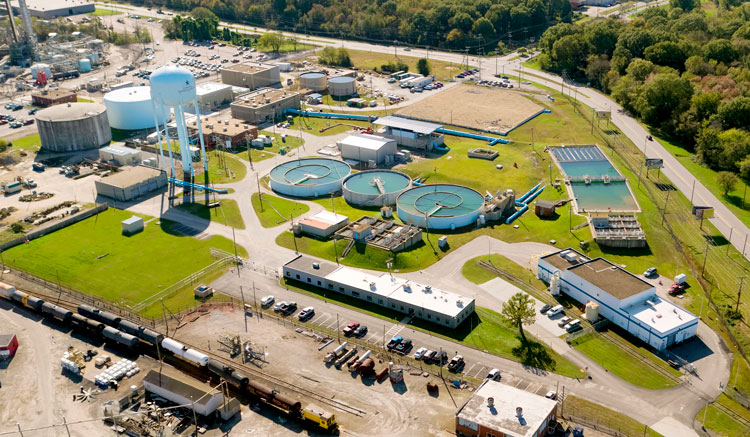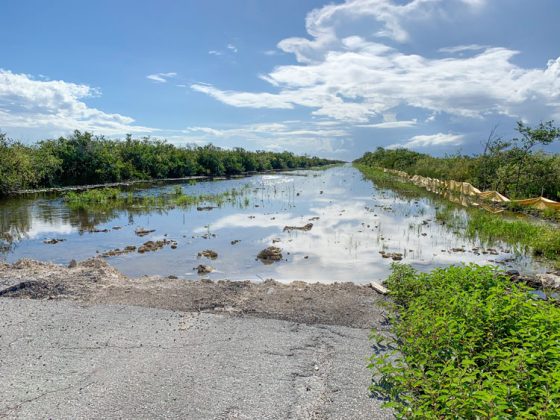Hopewell Water Treatment Plant Industrial Pump Station and Chemical/UV Facility
Our Client’s Challenge
Regulatory compliance, service reliability, taste and odor, and safety were all top of mind when forward-thinking Virginia American Water initiated pump station and ultraviolet (UV) facility improvements at its century-old Hopewell Water Treatment Plant (WTP).
The Hopewell WTP provides high-quality drinking water to residential, commercial, and industrial customers. It serves 9,600 customers including 19 industrial customers from two treatment trains.
Fed by the Appomattox River, this surface water facility is permitted for a total capacity of 36.75 million gallons per day (MGD) to serve the City of Hopewell and portions of Prince George County and Fort Lee. While both the domestic and industrial trains employ conventional treatment, including coagulation, flocculation, sedimentation, and filtration, the domestic train also uses granular activated carbon contactors following filtration.
Based on source water monitoring performed in compliance with the U.S. Environmental Protection Agency’s (EPA) Long Term 2 (LT2) Enhanced Surface Water Treatment Rule, the WTP required one additional log of cryptosporidium removal or inactivation credit. At the same time, taste and odor concerns stemmed from high levels of naturally occurring geosmin and 2-methylisoborneol (MIB) in the source supply.
Our Solution
As the lead designer on the Reynolds Construction design-build team, Gannett Fleming delivered a one-two punch, pairing UV disinfection with advanced oxidation processes (AOP) to simultaneously address LT2 and taste and odor events.
The new UV disinfection facility continuously treats domestic filter effluent and can operate in AOP mode intermittently with a hydrogen peroxide feed to destroy taste and odor compounds. This engineering innovation represents the very first application of AOP using UV at a Virginia drinking water facility. At the time of construction, no other domestic treatment plant in Virginia had harnessed the highly effective, novel methods of speeding up the oxidation process that AOP offers.
Chemical treatment, in addition to UV light, helps make the surface water influent clean, safe, and suitable for drinking. For this purpose, engineers designed a new state-of-the-art disinfection building on the site. Inside the building, sodium hypochlorite is used to treat the water to a finished state before it is distributed to customers. Sodium hypochlorite provides significant safety improvements over the WTP’s previous chlorine gas disinfection system.
Designed for resiliency and flexibility, the new chemical/UV building features a durable, high-performance, translucent building system with a removable wall, enabling unrestricted movement of chemical tanks in and out of the facility and tank replacement without building modifications in the future.
Beyond treatment concerns, the existing high-service pumping station at the Hopewell WTP was a critical system for the plant, housing distributive pumps that deliver potable water throughout the service area. But the nearly 100-year-old facility had reached the end of its useful life and required extensive repairs. To improve service reliability to customers, we designed a new industrial pump station and electrical building.
Gannett Fleming designed the industrial pump station to provide sufficient, reliable capacity to meet projected maximum demand through 2035. This was accomplished by adding two 8.6 MGD and two 11.5 MGD pumps; one of each is a variable frequency drive pump. Even with one pump out of service, the pump station can accommodate a total capacity of 28.7 MGD. The design team also considered future flow demand, leaving room for an additional fifth pump, which will bring the total capacity to 40.2 MGD.
A model of true partnership among the client, contractor, designer, and community, the project team met all of the objectives related to compliance, increased reliability, improved taste and odor, and enhanced safety — all contributing to a healthy Hopewell community today and into the future.
Key Features
- UV and AOP paired for the first time at a Virginia WTP.
- Conversion from chlorine gas to sodium hypochlorite.
- New industrial pump station.
- New chemical/UV building with high-performance, translucent building system, and removable wall.
Key Outcomes
- Achieved compliance with the EPA’s LT2 requirements.
- Reduced taste and odor impacts on finished water.
- Improved employee and community safety by converting the facility from chlorine gas to sodium hypochlorite and constructing a chemical unloading station to improve chemical handling during the unloading process.
- Reduced the number of service interruptions resulting from pump station failure.
- Improved access to chemical storage tanks via a removable wall.
Awards & Recognition
- Merit Award, 2023, American Council of Engineering Companies (ACEC) Virginia.
CLIENT
Virginia American Water
LOCATION
Hopewell, Va.
ROLE
Lead Designer, Sole Consulting Engineering Firm


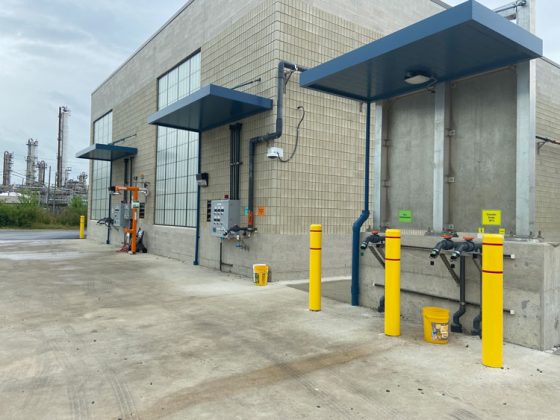
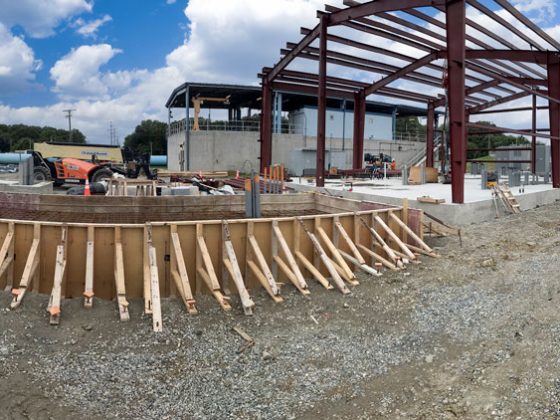
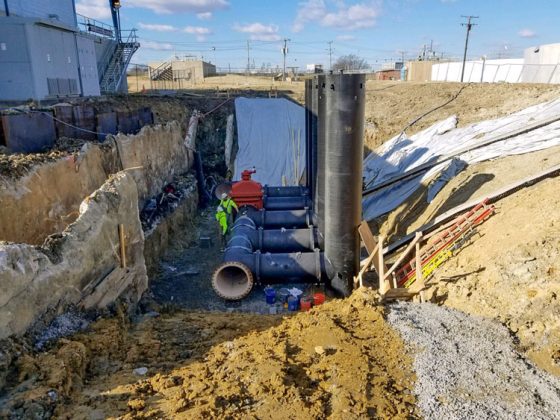
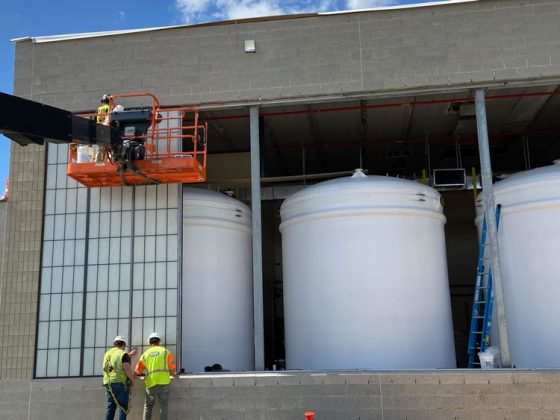
Featured Projects
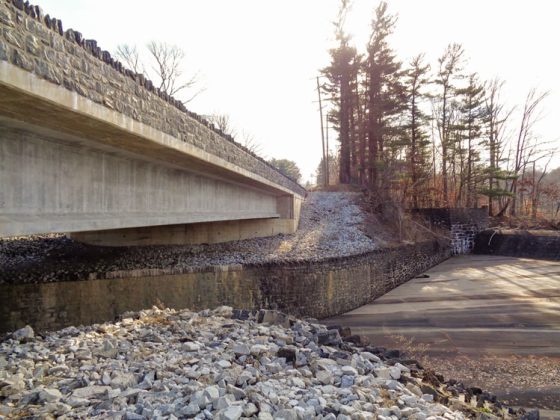
Route 252 Springton Reservoir Dam Spillway Bridge Improvements
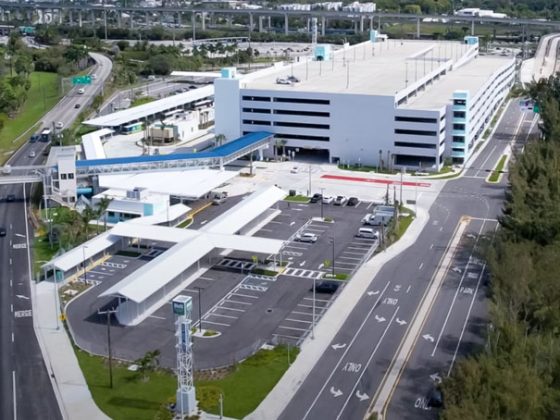
Golden Glades Multimodal Transportation Facility
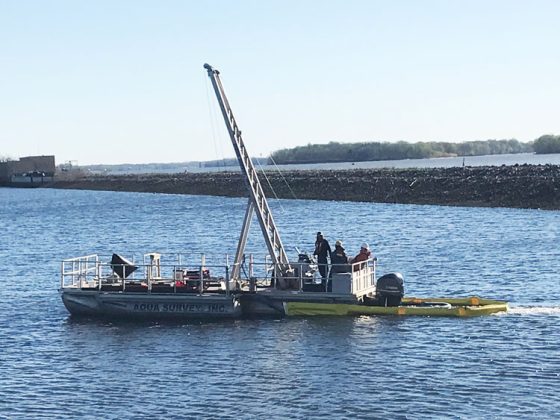
Baxter Water Treatment Plant Raw Water Basin Dredging
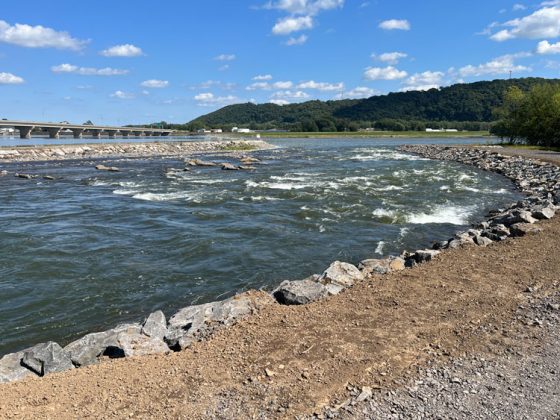
Fish Passage Design at the Adam T. Bower Memorial Dam
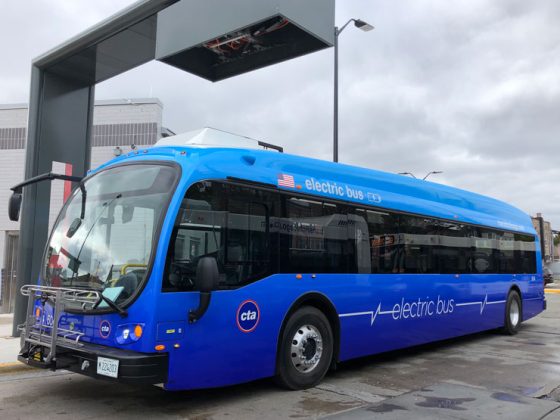
Zero-Emission Fleet Planning for the Chicago Transit Authority (CTA)

